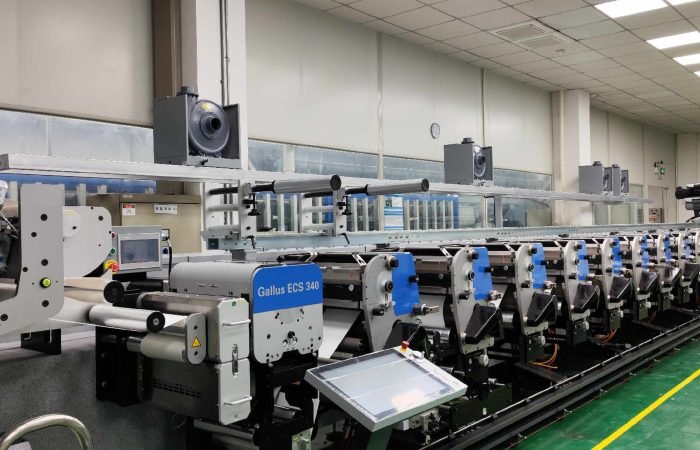The landscape of printing is constantly evolving. For decades, flexographic printing has been a reliable workhorse, especially in the narrow web sector for labels and packaging. It’s known for its flexibility and ability to print on a wide range of substrates. However, traditional UV curing methods, while effective, have come with their own set of challenges. Think about the heat generated, the energy consumption, and the limitations on certain sensitive materials.
Enter LED UV curing technology. This isn’t just an incremental upgrade; it’s a paradigm shift. We’re talking about a more efficient, sustainable, and versatile way to achieve high-quality prints. This technology is fundamentally redefining what’s possible in flexographic printing, pushing the boundaries of what we thought achievable.
One of the most significant advantages of LED UV curing is its efficiency. Traditional mercury lamps used in UV curing generate a broad spectrum of light, much of which is wasted as heat. This heat can cause substrate distortion, particularly with thinner films and papers common in label printing. LED lamps, on the other hand, emit light at specific wavelengths that are precisely matched to the photoinitiators in the UV inks. This means much more of the energy is converted into curing the ink, leading to faster cure speeds and significantly reduced heat transfer to the substrate. This is a game-changer for narrow web printers working with delicate materials.
Furthermore, the energy savings are substantial. LEDs consume considerably less power compared to traditional mercury lamps. This translates directly into lower operating costs for print shops. Over time, this efficiency adds up, making LED UV curing a more economically viable option, especially for high-volume narrow web printing operations. It’s a win-win: better for your bottom line and better for the environment.
The longevity of LED lamps is another major benefit. Mercury lamps have a limited lifespan and require frequent replacement. LEDs, however, can last for tens of thousands of hours. This dramatically reduces downtime for maintenance and replacement, ensuring greater production continuity. For a busy narrow web printer, this uninterrupted operation is invaluable. It means meeting deadlines and satisfying customer demands more consistently.
Now, let’s talk about print quality. The precise wavelength control of LED UV curing contributes to sharper dot definition and better ink transfer. Because there’s less heat, there’s also less ink spread, resulting in finer details and cleaner images. This is crucial for brand owners who demand high-fidelity graphics on their labels. Whether it’s intricate artwork or crisp text, LED curing helps deliver superior results that stand out on the shelf. This improved quality is a direct consequence of the technology’s precision.
The versatility of LED UV curing extends to its ability to handle a wider array of substrates. Because of the reduced heat, printers can now confidently work with heat-sensitive materials like certain plastics and foils that were problematic with older UV systems. This opens up new possibilities for label design and packaging innovation. Imagine printing vibrant graphics on packaging films that previously couldn’t withstand the heat of traditional curing. This is no longer a pipe dream.
When we compare this to offset printing, while offset is excellent for high-volume, high-quality sheetfed applications, flexography, especially with the advancements brought by LED UV, is carving out an even stronger niche in the flexible packaging and label markets. The speed, substrate flexibility, and now enhanced quality and efficiency offered by LED-equipped flexo presses make them incredibly competitive. The ability to achieve vibrant colors and durable finishes on diverse materials is a significant advantage.
For narrow web printing, where space and efficiency are paramount, LED UV curing systems are often more compact and easier to integrate into existing press lines. Their instant on/off capability means no warm-up time, allowing for immediate job changes and reduced waste. This responsiveness is a significant operational advantage in a fast-paced production environment.
The environmental benefits are also noteworthy. Beyond the energy savings, LEDs do not contain mercury, a hazardous substance found in traditional lamps. This makes for a safer working environment and reduces disposal concerns. As sustainability becomes an increasingly important factor for brands and consumers alike, this greener approach to printing is a powerful selling point.
In essence, LED technology is not just improving flexographic printing; it’s transforming it. It’s enabling printers to achieve higher quality, greater efficiency, and more sustainable operations. This advancement is paving the way for new creative possibilities in label and packaging design, ensuring that flexography remains a dominant force in the printing industry for years to come. The future of flexo is brighter, and a lot of that is thanks to the precise and powerful light of LEDs.












